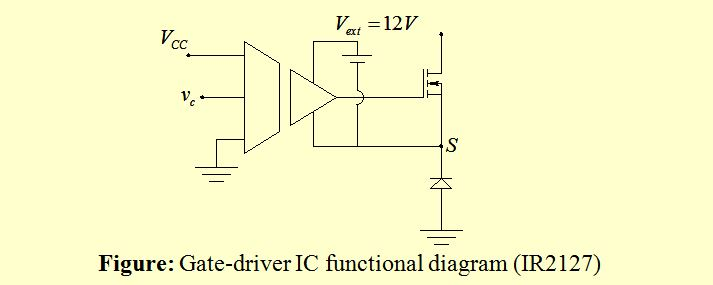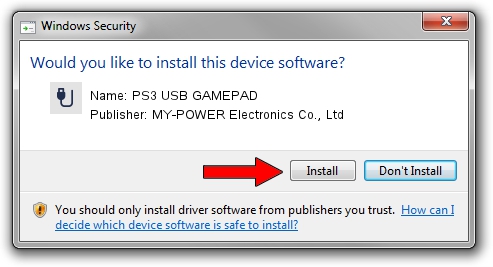Click on your operating system below and follow the instructions to configure power management features on your computer. Note that your monitor may already enter a low-power sleep mode when the computer is inactive, but the computer itself may not. There are two separate settings: one for the monitor, and another for the computer.
Power Driven Diesel
Driver Manual Utility Quick Guide × 2018cookiesLaw19. Drivers & Downloads Follow New articles New articles and comments. Find the latest drivers and downloads for your PC. Drivers and Software Downloads; Drivers.
My Powder River Home
You will:

- Save $10-100 per computer annually in electricity costs
- Eliminate the need to boot up your computer each morning, saving time
- Help the environment by reducing air pollution associated with the burning of fossil fuels
Do you require remote access to your computer?
If you remotely access your desktop computer (via Remote Desktop, for instance), you may need to make some adjustments so that your sleeping computer can be awakened. For more details, see Remote Desktop for Sleeping Computers.

Situations That May Cause Windows Computers to Not Sleep
Under certain conditions, Windows-based computers may not drop into sleep mode despite being properly configured to do so. For example, the following conditions may prevent computers from entering sleep mode:
- The PC has a file open over the network – e.g., on a network server.
- The computer uses a graphics-intensive screen saver. (ENERGY STAR recommends disabling them.)
- A Microsoft PowerPoint file is in “presentation mode.”
- Processor activity is above a certain threshold, indicating that the computer is not idle.
It is also possible for a network administrator to allow certain applications to 'veto' sleep mode. This setting cannot be configured via the computer’s Control Panel, but network administrators can use Group Policy to do so.
